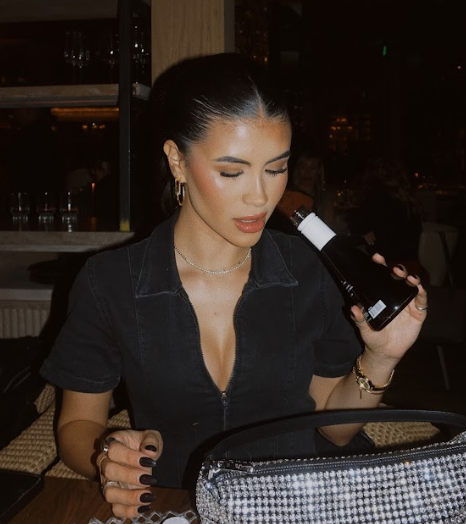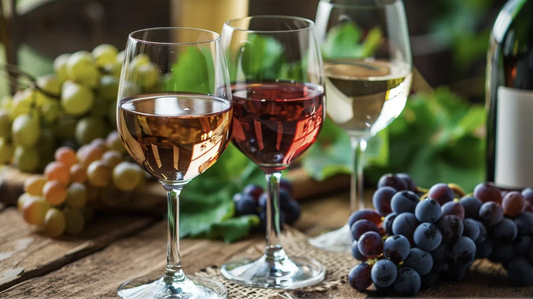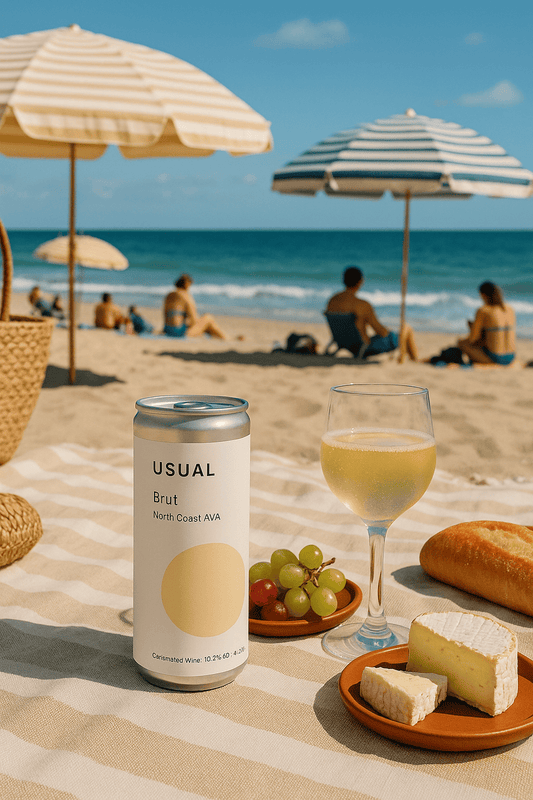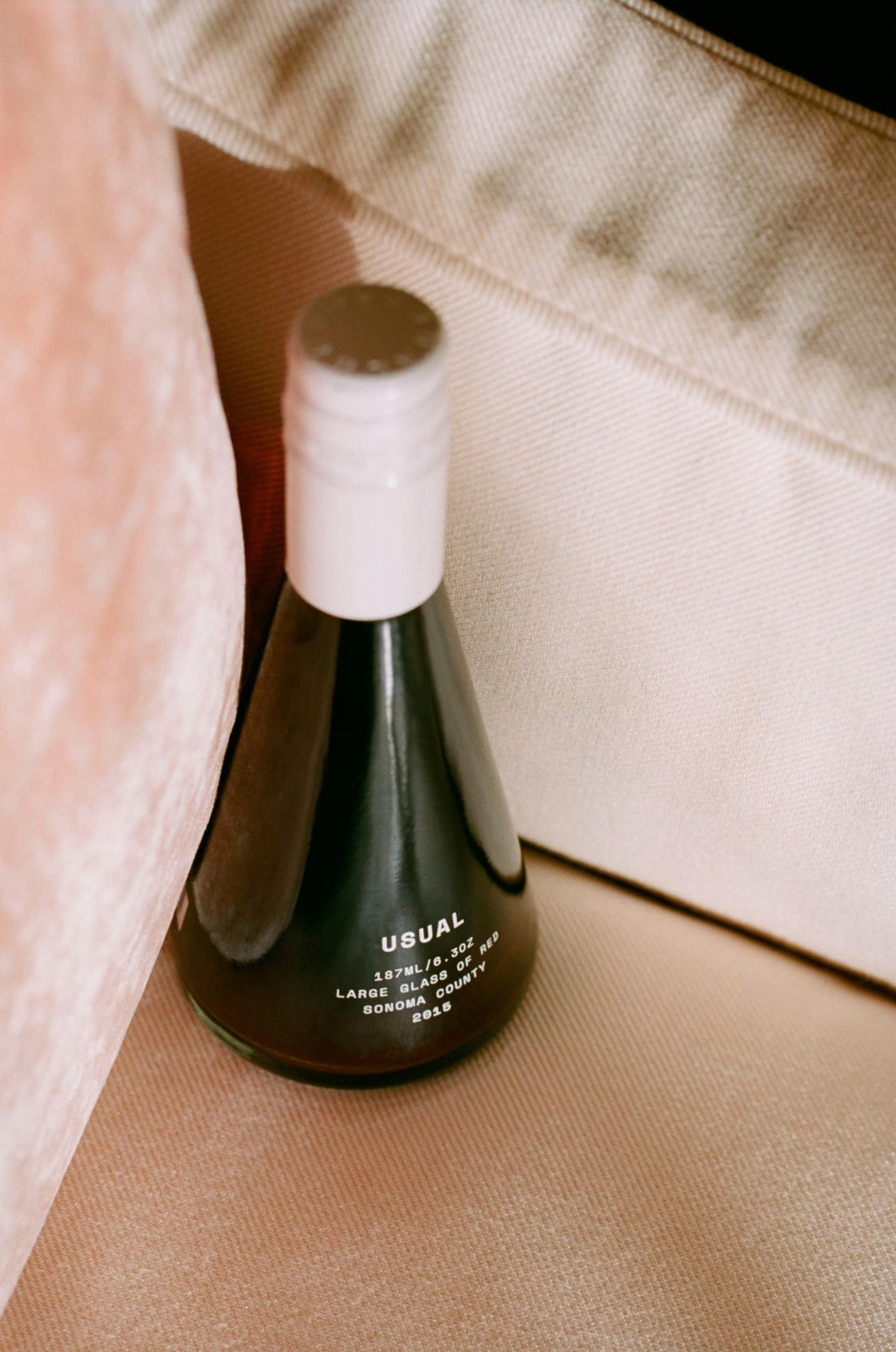
Merlot Wine: Your Complete Guide to Merlot's Flavor Profile
McKenzie HaganWhen it comes to easy-drinking red wines, it doesn't get more popular than Merlot. Never mind the disparaging remarks Paul Giamatti's character made about Merlot in the 2004 Academy Award-winning movie "Sideways." This dry and fruity red wine is here to stay, and wine drinkers worldwide are loving it. Sure, Cabernet Sauvignon may be the top choice in the United States, but Merlot continues to hold its own as a go-to vino for just about any occasion — from a night in with friends to a special celebration.
In this guide, you'll learn everything you need to know about this venerable varietal, including where it comes from, where it's grown, what it tastes like, and how it's produced. You'll also discover top tips for how to best enjoy this versatile red, including ideal serving temperature, delicious food pairings, and the type of glass to use. (Yes, it makes a difference.)
Decoding Merlot: What is Merlot Wine?
Derived from the French term for blackbird, Merlot wine is the progeny of Cabernet Franc and is related to Carménère, Malbec, and Cabernet Sauvignon. (It's not surprising that it often gets mistaken for Cab, although there are some distinct differences, including Merlot's softer tannins and fruit flavors.)
Depending on who you ask, Merlot grapes are either black-skinned, red-skinned, or blue-skinned. No matter what color you think it is, this wine grape variety is incredibly popular both for wine blends and single-varietal wines.
Although Merlot is originally from France's Bordeaux region (spanning the Right Bank areas and numerous subregions like Saint-Estèphe, Saint-Émilion, and Pomerol), it's widely grown around the world.
Merlot is prominent in Old World wine regions like Tuscany in Italy and New World regions, including California's Sonoma County and Napa Valley, Washington state's Columbia Valley, Australia, Argentina, Chile, South Africa, and beyond.
Merlot is a dry wine, with a medium-to-full body, medium acidity, and pronounced yet not overpowering tannins. Flavors will vary slightly depending on the wine regions it's grown in and the specific winemaking process.
In general, Merlot has dark fruit flavors of black cherry, blackberry, plum, and raspberry layered with herbal notes and undertones of vanilla and mocha. Keep in mind that the prominent fruit flavors that make Merlot such an easy-drinking wine do not equal sweetness. It's all about the winemaking process, which we'll get into next.
Understanding Merlot Wine: How It's Produced
Like all types of wine, Merlot starts at the vineyard with the grapes being harvested and pressed before fermenting begins. For Merlot, the wine producer also decides whether it's going to be a single varietal or blended wine with other grape varieties. If it's going to be blended, the winemaker will determine if the blending will be done before, during, or after fermentation.
As discussed in our essential guide to viniculture, if the wine is interrupted before fermentation finishes, there will be more residual sugar, resulting in a sweeter wine. If the winemaker allows fermentation to run its course (as with Merlot), it will be a drier wine with lower sugar levels.
For blended Merlot, some wine producers ferment and age the different grape varieties separately and then mix the wine before bottling. Some winemakers will let the fermentation process occur in oak barrels or age the wine in oak after fermentation is complete. Either way, oak gives Merlot a richer flavor and smokier notes of vanilla, cocoa, and wood.
Merlot wine grapes are popular partners for blending in varietal wines. The most beloved is the famed Bordeaux blend, a combination of two or more of the following:
- Merlot
- Cabernet Sauvignon
- Cabernet Franc
- Petit Verdot
- Carmenère
- Malbec
That said, Merlot is a versatile player with other grape varieties such as:
- Zinfandel
- Sangiovese
- Syrah (Shiraz)
- Tempranillo
Whether it's a blended or single-varietal Merlot, this popular red typically ranges from about 13.5% ABV (when produced in cooler climates like France) to 14.5% ABV (from warm climates like California, Australia, and Chile). Regardless of its native climate, Merlot's alcohol level is higher than the United States standard for the average glass of wine, which is 12% ABV.
Merlot Taste and Texture: A Comprehensive Guide
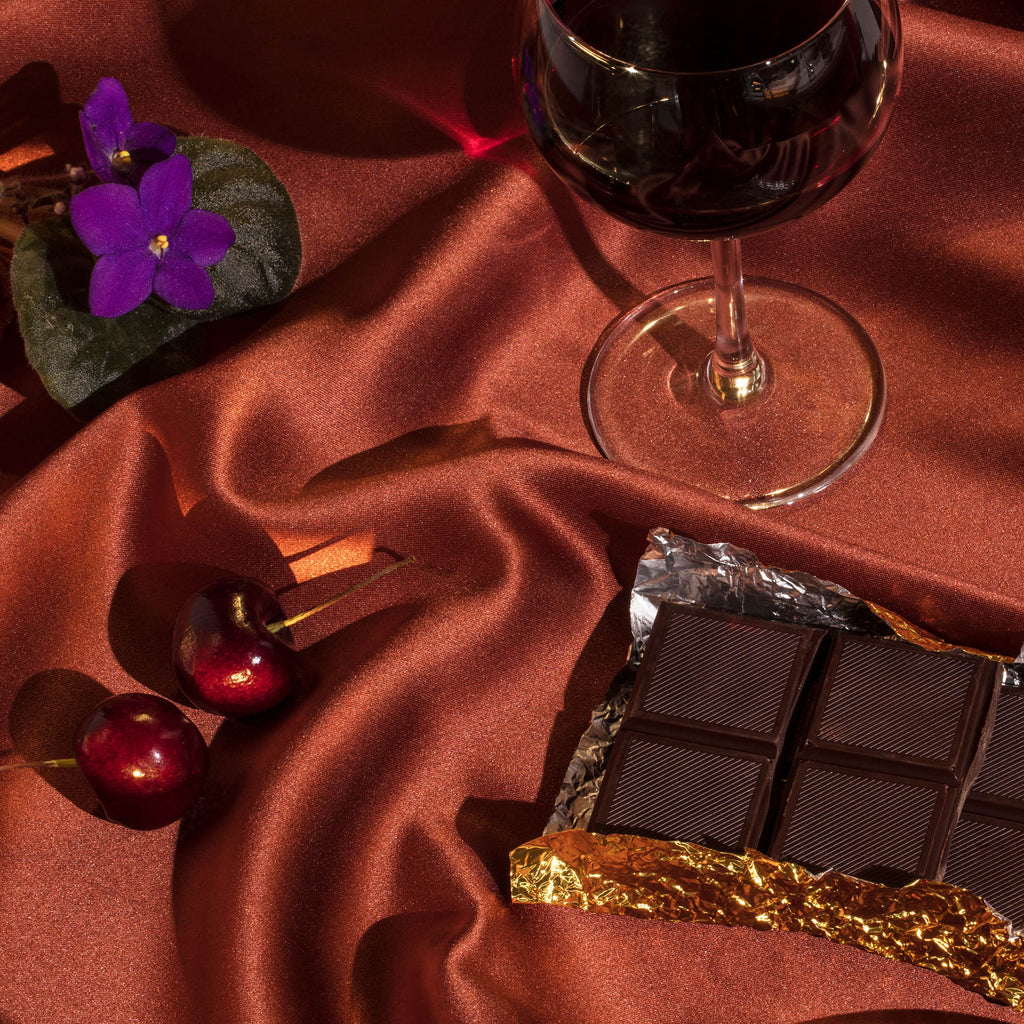
Merlot, a dry wine with medium-to-full body and moderate acidity, is celebrated for its unique and approachable flavor profile. The pronounced yet unobtrusive tannins lend a smooth texture that is much appreciated by wine lovers. The flavors, while slightly varied depending on the region it's grown in and the winemaking process, are predominantly fruity.
In general, Merlot has dark fruit flavors of black cherry, blackberry, plum, and raspberry layered with herbal notes and undertones of vanilla and mocha. Keep in mind that the prominent fruit flavors that make Merlot such an easy-drinking wine do not equal sweetness. The winemaking process is key in determining the sweetness.
Merlot is often blended with other grape varieties. Some of the popular partners include Zinfandel, Sangiovese, Syrah (Shiraz), and Tempranillo. The Merlot flavor profile adapts seamlessly in these blends, enhancing the overall taste and texture of the wine.
Indulging in Merlot: How to Enjoy Merlot Wine
Before you pop that cork or twist open that screw cap, there are a few tips you can learn that will help you drink wine like a pro. Here's what you need to know when enjoying Merlot, including the best temperature for serving, the most delectable food pairings, and the type of glassware you may want to use at your next wine tasting party.
Merlot Tasting Notes: Ideal Temperature and Food Pairings
Merlot is an incredibly versatile wine that pairs well with a range of different foods. The merlot flavor profile, with its velvety finish and rich fruit notes, complements a variety of dishes, from savory to sweet.
Food Pairings
Merlot is an easy-drinking wine that goes with a variety of different foods. From savory to sweet fare, here are some top suggestions for serving it — wine and cheese pairings included.
For starters, consider smoked vegetables like roasted bell peppers as well as salty appetizers such as chips and dip or seasoned Italian olives. Richly flavored cheeses such as cheddar, brie, Gouda, Gorgonzola, and blue cheese make for an excellent aperitif or digestif with Merlot.
Main courses that pair well with Merlot's velvety finish and rich fruit notes include grilled or roasted meat, especially beef, pork, or lamb. Merlot is also great with chicken, roasted mushrooms, and smoky foods.
For a sweet finish, enjoy Merlot with fresh or roasted fruits (particularly plums, blueberries, blackberries, and cherries) that will pick up on the wine's fruity notes. Merlot's richness also pairs nicely with just about any dark chocolate dessert, especially melt-in-your-mouth truffles.
Type of Glass
It might sound like a sales pitch, but the type of glass you use to drink makes a difference in how wine tastes. Scientists in Japan discovered that the shape of a glass impacts the way wine vapor rises, thereby affecting the taste and fragrance you perceive.
While a standard red wine glass will do just fine for Merlot, you can also consider a Bordeaux glass. Designed for full-bodied wines like Bordeaux wine blends and Cabernet Sauvignon, this glass has a smaller bowl to intensify the complexity of aromas. It also has a taller glass to let you swirl before sipping and allow the wine to breathe and release its fragrant notes.
The Appeal of Merlot: Making the Most of Your Merlot Experience
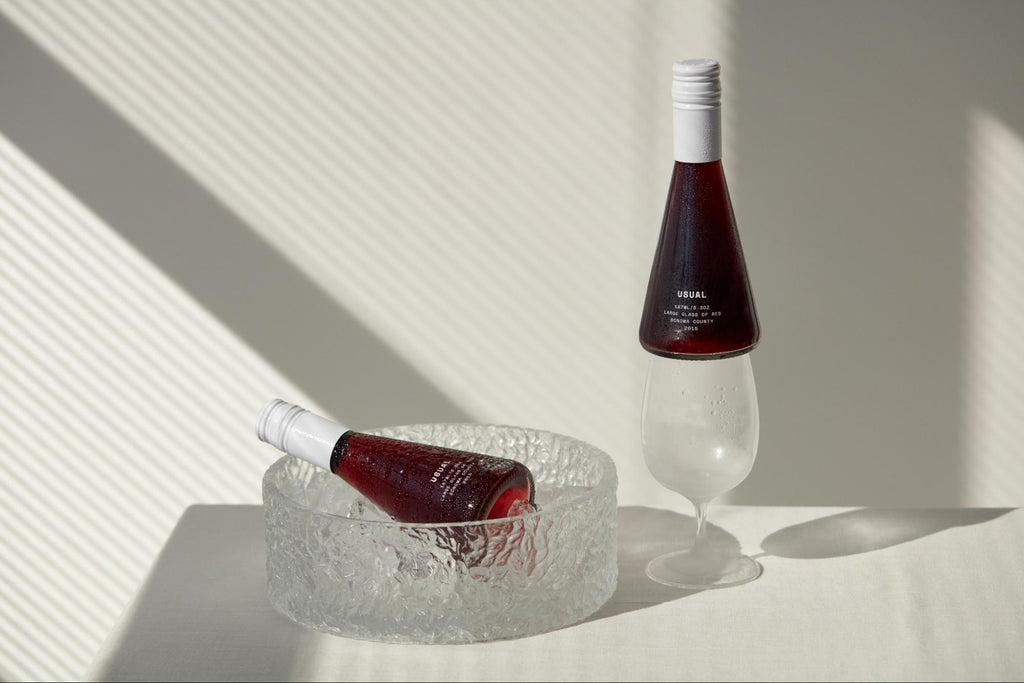
As a devout wine drinker, you've likely had the pleasure of sipping on a glass of Merlot. With its dry yet fruity flavors, supple tannins, velvety mouthfeel, and chocolatey finish, it's no wonder that oenophiles around the world can't seem to get enough.
It’s true that production and sales of Merlot dropped in the early 2000s after the release of "Sideways." (There's even a name for the phenomenon: The Sideways Effect.) But this thick-skinned grape never truly went away. Today, it's a preferred choice for newbies and seasoned wine lovers alike.
With the resurgence of Merlot's popularity in recent years, an array of exceptional single-varietal and blended wines featuring Merlot has become available. No matter your palate, there's a Merlot out there that's perfect for you. So, don't hesitate to explore and discover your own merlot tasting notes.
From mouthwatering blends to single-varietal bottles, Merlot is the ideal accompaniment to a wide array of foods. For more ideas on how to enhance your wine-drinking experience, be sure to visit our ever-expanding Usual Wines blog.





